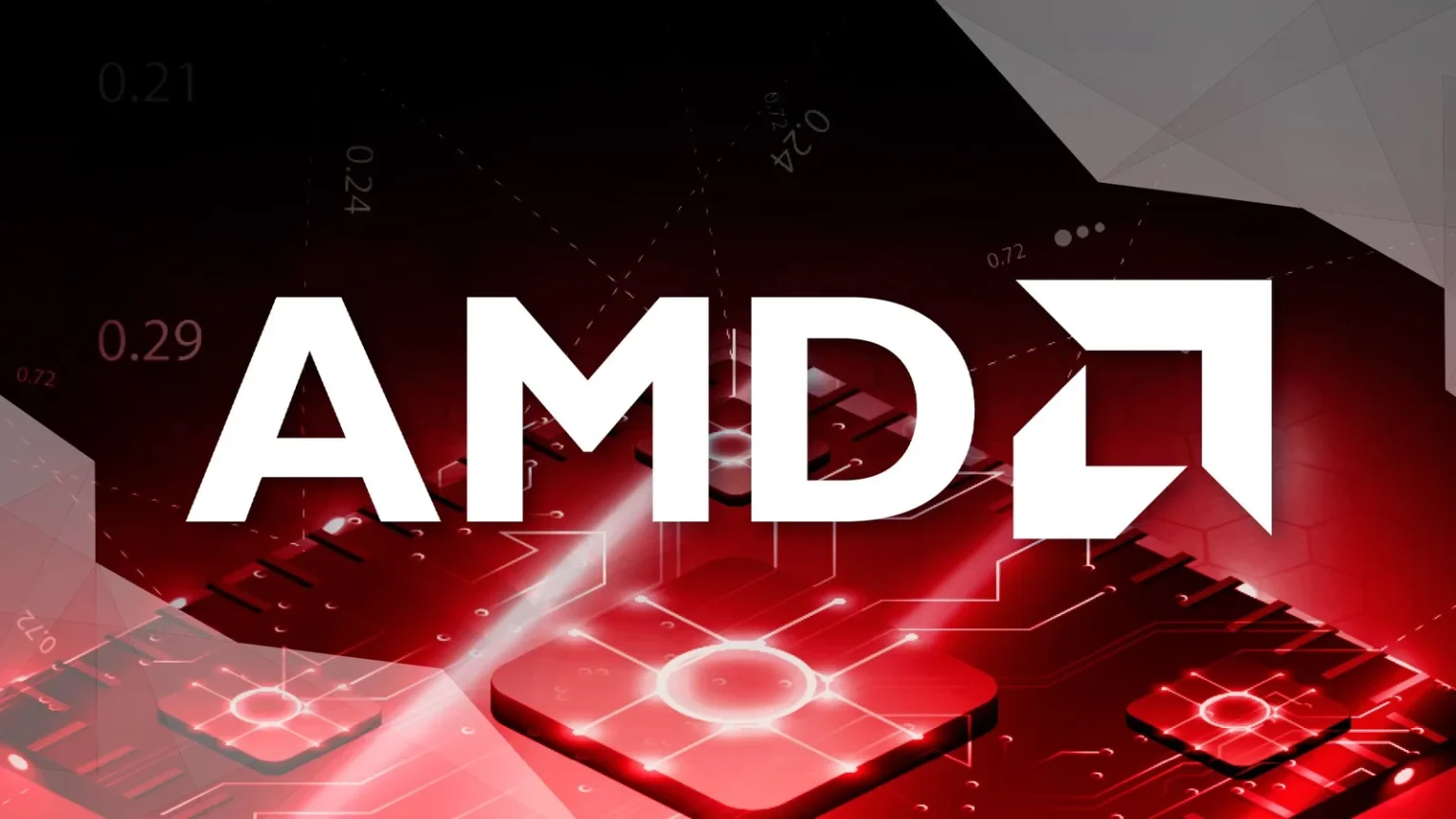Fujitsu & AMD to develop sustainable, open-source AI and HPC platforms, to revolutionise energy-efficient computing for cloud providers and end-users.
As AI and high-performance computing (HPC) evolve, the demand for more efficient and powerful computing solutions continues to grow.
Businesses and organisations worldwide are seeking to harness the potential of AI technologies, including Gen AI and so there is an increasing need for optimised computing architectures that can deliver high performance while minimising energy consumption.
This global trend has led to a surge in collaborations between technology companies aiming to develop innovative solutions that can meet these complex demands.
In this context, a new partnership between Fujitsu, a Japanese multinational information and communications technology company, and Advanced Micro Devices (AMD), an American multinational semiconductor company, is a step towards addressing these challenges.
The two companies have signed a memorandum of understanding (MOU) to form a strategic partnership focused on creating computing platforms for AI and HPC applications.
Fujitsu & AMDcombining expertise for innovation
The collaboration brings together Fujitsu’s world-leading supercomputer-based advanced CPU technology with AMD’s industry-leading GPU technology.
“We seek to create an environment in which more companies will be able to utilise AI while reducing the power consumed by data centres.” – Vivek Mahajan, Corporate Vice President, Chief Technology Officer, and Chief Product Officer at Fujitsu Limited.
This union aims to facilitate the creation of open-source and energy-efficient platforms comprised of advanced processors with superior power performance and highly flexible AI/HPC software.
Fujitsu’s contribution includes the development of FUJITSU-MONAKA, a next-generation Arm-based processor designed to achieve both high performance and low power consumption.
Meanwhile, AMD, known for its Instinct accelerators, will complement this with its GPU technology and ROCm software, an open-source AI/HPC software stack for GPUs.
The partnership will focus on three strategic areas: engineering, ecosystems and business.
By 2027, the companies say they aim to jointly develop innovative computing platforms for AI and HPC, leveraging their combined technologies to offer customers additional choices for large-scale AI workload processing while attempting to reduce data centre total cost of ownership.
Expanding the open-source ecosystem
A key aspect of the collaboration is the commitment to open-source development.
Both companies seek to advance the development of open-source AI software optimised for their AI computing platforms and work to expand the ecosystem.
This approach aligns with the growing trend in the tech industry towards open ecosystems, which allow for greater flexibility, innovation and cost-effectiveness.
By enhancing their collaboration with the open-source community, Fujitsu and AMD aim to create solutions that can be utilised by a wide range of companies, potentially democratising access to advanced AI and HPC capabilities.
The partnership also includes plans for joint marketing and customer co-creation initiatives to offer these AI computing platforms globally.
Additionally, the companies aim to establish a joint customer centre to promote the societal implementation of AI and expand use cases.
Vivek Mahajan, Corporate Vice President, Chief Technology Officer, and Chief Product Officer at Fujitsu Limited, emphasised the potential of this collaboration: “By combining AMD’s innovative GPU technology with Fujitsu’s low-power/high-performance processor FUJITSU-MONAKA, we seek to create an environment in which more companies will be able to utilise AI while reducing the power consumed by data centres.”
Phil Guido, Executive Vice President and Chief Commercial Officer at AMD, additionally highlights the significance of this partnership for AMD’s presence in Japan: “Our strategic partnership with Fujitsu not only underscores our commitment to innovation but also highlights our dedication to Japan, where we recognise the importance of local partnerships and expertise.”
The growing recognition in the tech industry of the need to balance technological advancement with environmental responsibility is a trend that is likely to shape the development of computing infrastructure in the years to come.
As Vivek concludes: “I believe that this partnership is an important step forward in accelerating Fujitsu’s efforts to achieve a sustainable society.”



